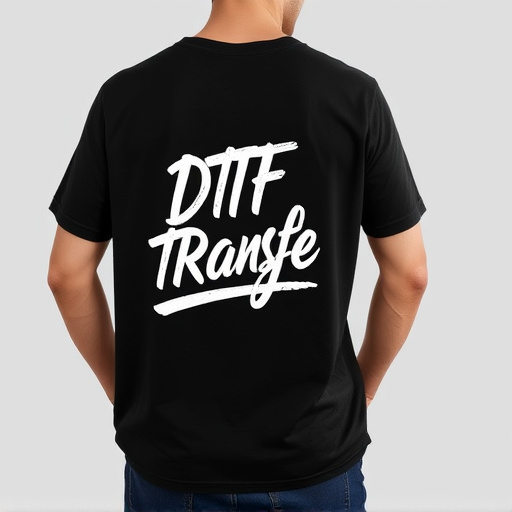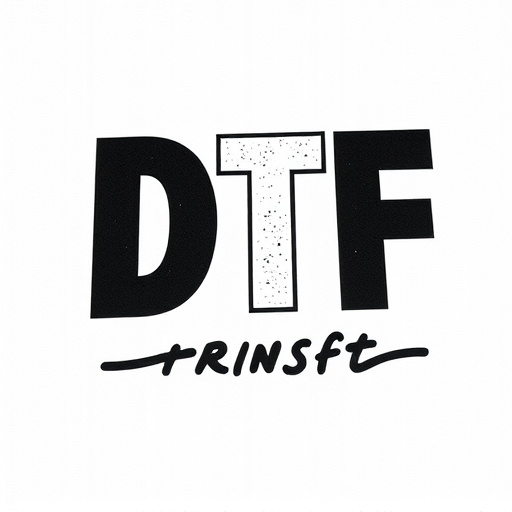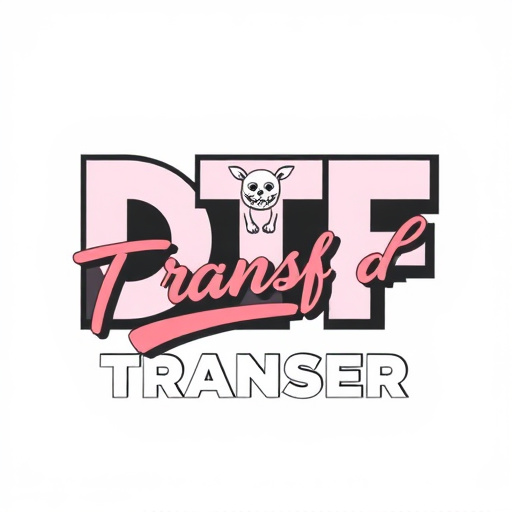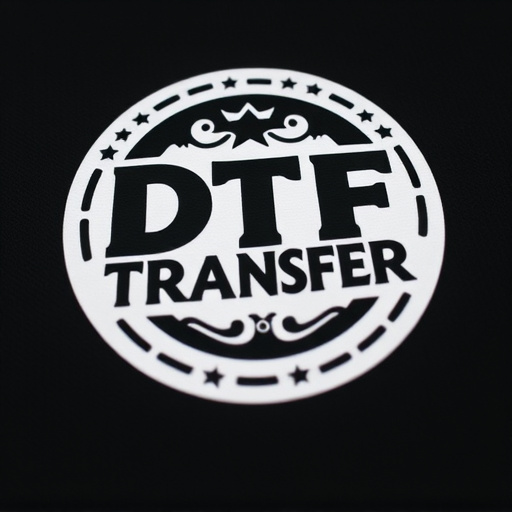Direct-to-Film (DTF) transfers are a game-changer in film preservation, directly digitizing original footage without intermediate steps to minimize data loss and preserve image integrity. This method captures films as single entities, enhancing visual fidelity and color accuracy, crucial for maintaining the artistic vision of restored films. Quality assessment is paramount, involving diverse test materials from various genres and eras, high-resolution scanners, and specialized tools to ensure detail preservation. A robust trial process using structured evaluation frameworks ensures optimal quality control. Post-transfer analysis compares original film quality with digital counterparts, guiding future project decisions. Continuous improvement through industry metrics, technological advancements, and peer collaboration maintains and enhances DTF transfer standards, preserving cinematic heritage for generations.
In the realm of film preservation, Direct-to-Film (DTF) transfers have emerged as a revolutionary game-changer. This article delves into the intricacies of trial and test processes for DTF transfers, emphasizing quality assessment as a cornerstone for successful conservation. From understanding DTF technology to implementing best practices, we explore essential steps—selecting test materials, scanning techniques, comprehensive trials, result analysis, and continuous improvement—to ensure optimal outcomes in preserving cinematic heritage.
- Understanding Direct-to-Film (DTF) Transfers: A Brief Overview
- The Need for Quality Assessment in DTF Transfers
- Selecting the Right Test Materials and Scanning Techniques
- Implementing a Comprehensive Trial Process
- Analyzing Results and Making Informed Decisions
- Best Practices for Continuous Improvement
Understanding Direct-to-Film (DTF) Transfers: A Brief Overview
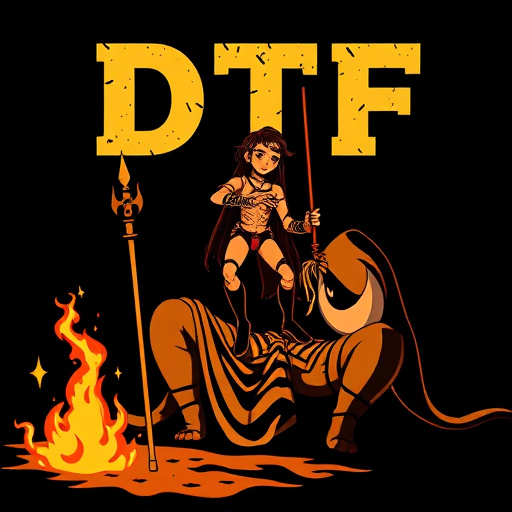
Direct-to-Film (DTF) transfers represent a cutting-edge method in film preservation and restoration, offering an innovative way to digitize and preserve cinematic artworks. This process involves transferring the original film footage directly onto digital media without any intermediate steps, ensuring minimal data loss and preserving the integrity of the image. DTF is a game-changer for archivists and filmmakers as it allows for high-quality, accurate recreations of the original film, making it an invaluable tool for quality assessment.
In traditional methods, films are scanned frame by frame, which can introduce artifacts and reduce overall quality. DTF, however, captures the entire film as a single entity, eliminating these issues. This approach is particularly beneficial for assessing the visual fidelity and color accuracy of restored films, as it provides a direct comparison with the original negative. By employing DTF transfers, filmmakers and preservers can ensure that the digital version remains faithful to the intended artistic vision, making it an essential step in the process of preserving cinematic heritage.
The Need for Quality Assessment in DTF Transfers

In the realm of direct-to-film (DTF) transfers, quality assessment is paramount to ensure the preservation and enhancement of cinematic integrity. As film transitions from physical media to digital formats, maintaining the original picture and sound quality becomes a complex task. This process demands meticulous attention to detail as even the slightest variations can significantly impact the overall viewing experience.
The need for rigorous quality assessment in DTF transfers arises from several factors. Firstly, film has a unique aesthetic that captures the essence of its era, and digital conversions must respect this heritage. Secondly, legacy films often contain subtle nuances and imperfections that contribute to their character; these must be preserved accurately. Lastly, with various compression methods and formats involved, careful assessment guarantees that the final output remains true to the original source material, ensuring a vibrant and bustling cinematic experience for folks across generations.
Selecting the Right Test Materials and Scanning Techniques
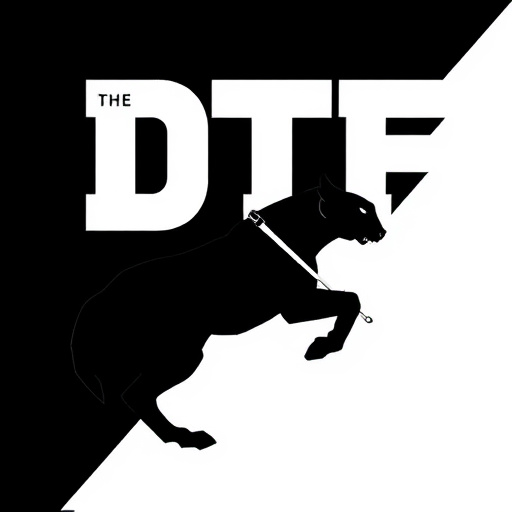
Selecting the right test materials is a critical step in evaluating direct-to-film (DTF) transfers for quality assessment. It’s essential to choose films representing various genres, production eras, and cinematic styles. This diverse range ensures that the evaluation covers a broad spectrum of challenges and potential issues, from color grading inconsistencies to resolution drop and graininess. Furthermore, including both classic and modern films allows for a more nuanced understanding of how different filming techniques and technologies translate into digital formats.
Complementing these materials with appropriate scanning techniques is equally vital. High-resolution scanners capable of capturing 4K or even 8K images should be employed to ensure maximum detail preservation. Additionally, consider the use of specialized filters and color correction tools to mimic historical projection environments accurately. These techniques help in simulating viewing conditions from different eras, providing a more comprehensive picture of the DTF transfer’s potential in various contexts.
Implementing a Comprehensive Trial Process

Implementing a comprehensive trial process for direct-to-film (DTF) transfers is paramount to ensuring optimal quality assessment. This involves meticulous planning and execution, beginning with selecting representative content across various genres and formats. The trial should encompass a diverse range of media types, including feature films, documentaries, and animated content, to capture the full spectrum of cinematic experiences. Additionally, it’s crucial to consider factors such as resolution, frame rate, and color grading standards that align with industry best practices.
During the trial, a structured framework should be established to evaluate each DTF transfer against predefined quality metrics. This includes visual inspections, comparative analyses with original source materials, and quantitative assessments using specialized software tools. By combining subjective and objective evaluation methods, you gain a comprehensive understanding of the transfer’s efficacy. Moreover, documenting the entire process—from content selection to final adjustments—is essential for future reference and consistency in quality control measures.
Analyzing Results and Making Informed Decisions

After conducting direct-to-film (DTF) transfers, meticulous analysis of the results is paramount. This involves comparing the quality of the original film against its digital counterpart, examining factors such as resolution, color accuracy, and noise levels. By employing specialized software tools, professionals can pinpoint areas where enhancements are needed or where the DTF process has been successful in preserving the film’s integrity.
This analysis empowers decision-makers to choose the best course of action for future projects. It may involve selecting the most suitable DTF techniques for specific films, optimizing settings for optimal results, or identifying potential issues that require additional troubleshooting. Ultimately, this informed decision-making process ensures that DTF transfers meet high-quality standards and preserve the cinematic essence of each film for generations to come.
Best Practices for Continuous Improvement
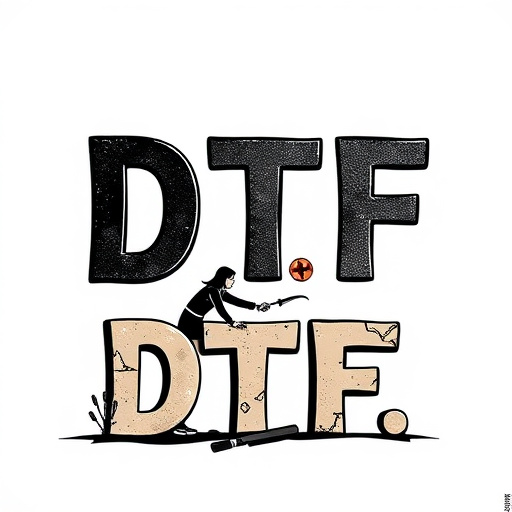
To ensure optimal quality in direct-to-film (DTF) transfers, establishing robust best practices for continuous improvement is paramount. Regularly comparing transferred films against their original sources using industry-standard metrics provides valuable data for refining processes and equipment settings. This iterative approach allows for constant refinement, ensuring that each DTF transfer meets or exceeds expected quality standards.
Moreover, staying abreast of technological advancements in film scanning and transfer technology is crucial. Incorporating new innovations into established workflows can significantly enhance image clarity, color accuracy, and detail retention. Collaborating with industry peers and participating in calibration programs also facilitate knowledge sharing, leading to collective improvements in DTF transfer quality across the board.








